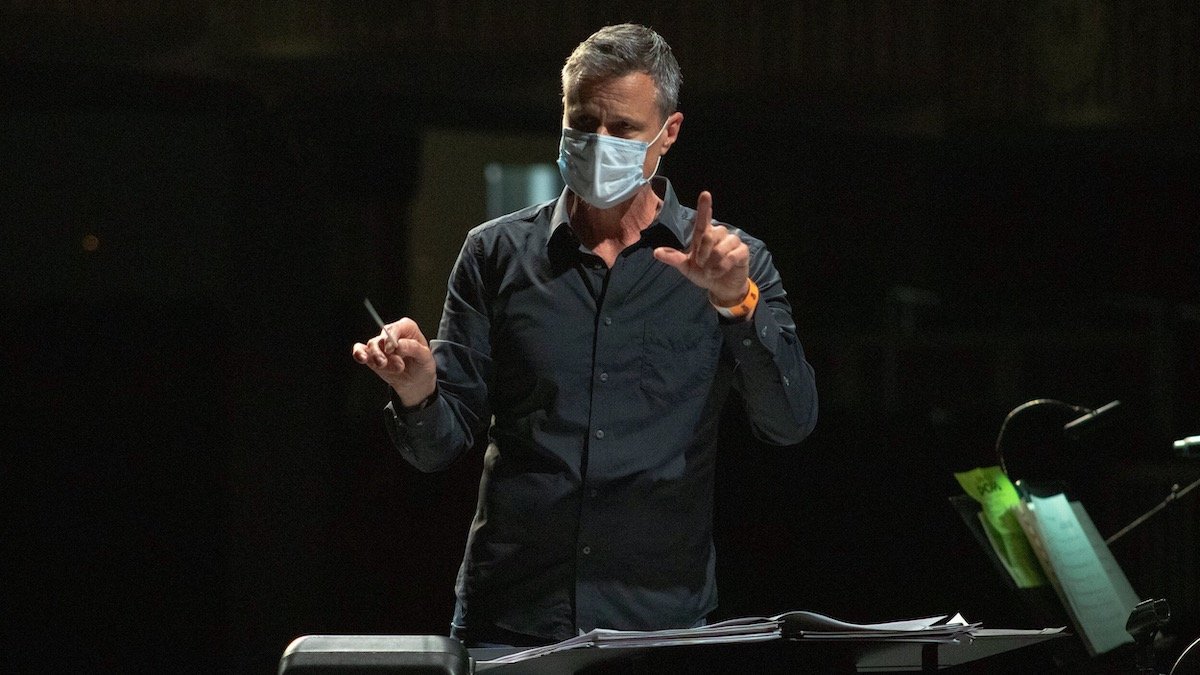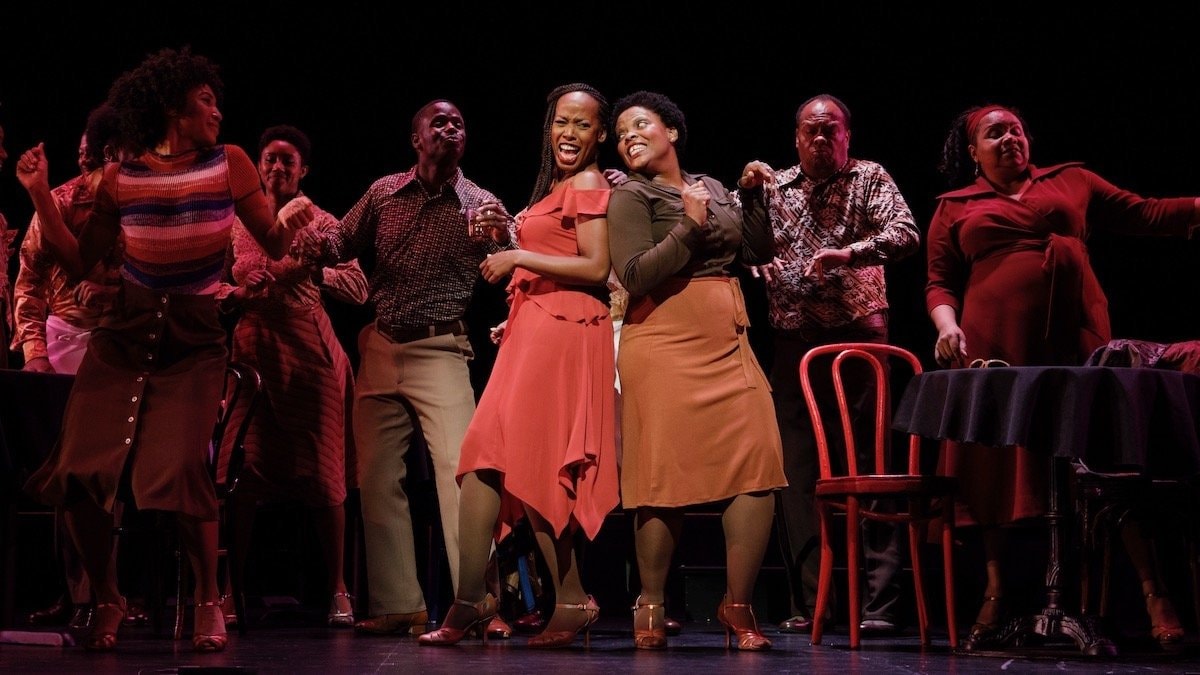
In March 2020, with the rallying cry of “Flatten the Curve,” theatres and orchestras all over the world battened down the hatches to combat the spread of the COVID-19 virus. Music festivals and concerts that took months to plan were either outright cancelled or forced to find digital alternatives with no end in sight. Now, a year since the national lockdown, there is a light at the end of the tunnel. This is a salute to the ingenuity of the organizations that have found ways to perform safely and give the gift of normalcy to their audiences all over the country.
What a difference a year makes.
“These musicians made me cry,” Tony-winner Kelli O’Hara exclaimed as she stood among members of the Dallas Symphony Orchestra in their first concert since the beginning of the pandemic lockdown. It was an evening of classic showtunes curated to lift the spirits of the Meyerson Symphony Center’s distanced and masked audience. The ensemble, conducted by celebrity conductor Rob Fisher, was reduced from its pre-pandemic numbers to allow for safe spacing with plexiglass barriers flanking each player. They performed hits from Cole Porter, Adam Guettel and Rodgers & Hammerstein. Kelli added, “When I got here and they began the program in rehearsal the other day with the South Pacific Overture, which was a huge part of my life, I broke down and I wept. Like I said, I never took this for granted, but I don’t think I quite knew how easily it could be lost.”
To assure the safety of their performers and the audience, daily tests were administered to all performers and backstage staff. Entry times and locations were staggered, and seat placement was flexible. Intermission was removed, and the runtime was shortened by half. To alleviate the concerns of those who would spend days in semi-close proximity with one another, the Symphony purchased enough tests to be administered by EMTs for the entirety of the rehearsal and performance process.
It was thanks to the mutual trust between the performers and the symphony management, paired with their stringent adherence to safety measures, that the performance was able to occur.
For orchestras unable to perform in front of a live audience, tech-savvy administrators synced footage shot from the performers’ homes with the hashtags #OnDemand or #At Home. In the now-familiar “Zoom Concert” format, front-facing choristers from The Philly Pops sang The Sound of Music’s “Edelweiss” from over 50 unique blocks – video editing techniques that were once reserved for The Brady Bunch parodies, but are now an essential part of Covid-era concert-going.
This trend grew into a playful exchange between content creators, the most notable being Andrew Lloyd Webber, whose “The Show Must Go On!” social media campaign inspired creativity and collaboration across the globe. In one video, Lloyd Webber sits at his piano, and after a short introduction, begins to play “All I Ask Of You” from The Phantom of the Opera. These Brady Bunch boxes appear around him: a flutist in a knit cap, a trumpeter in his bedroom. When the boxes are all visible, the composer is surrounded by the Phantom Orchestra in London. They play their parts to his tempo, and what results is a genuinely moving instrumental rendition of the Act I finale, made all the more poignant when one considers the effort that went into bringing it to the bespoke concert hall of our laptops. The venue is no longer Her Majesty’s Theatre, but our computers. The pit is no longer downstage, but in every player’s London home.
All rewards come with some level of sacrifice. For each success story, there are a dozen more struggles. But thanks to the advances of science and staying the course with social distancing, soon these enormous auditoriums will be closer to capacity.
With strong determination and even stronger patience, the sound of music will once again rise to the rafters of the greatest concert halls in the world.
…
Header image: Philly Pops, 2020 (Austin Berner)

The Truth Behind… The Normal Heart

Musical Revues


